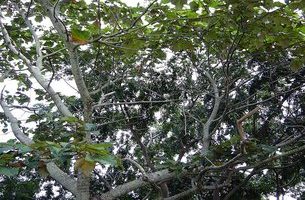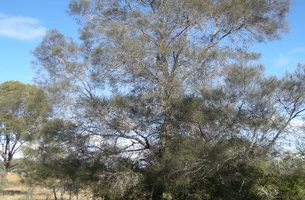Red Oak vs White Oak Hardwood Flooring
Oak floors have been a favorite in US homes for centuries – and for good reason! When you choose oak for hardwood flooring, you are making an investment that will add to the beauty of your home and can last over 100 years due to its impressive durability. You are also supporting local economies since many species of oak used for hardwood floors are grown and sustainably harvested in the United States. While there are many species of oak, red oak and white oak are most commonly used for flooring.
What is the difference between red oak and white oak flooring?
1. Difference in Hardness
The hardness of wood is measured on the Janka scale. The Janka hardness test calculates the resistance of a sample of wood by measuring the amount of force it takes to embed a ball of steel halfway into the piece of wood. More simply put: the hardness of wood is based on how easy it is to dent.
This measurement ranges from the softest wood ever measured, Balsa, coming in at a 70 on the Janka scale to Australian Buloke, coming in at a 5,060.
When it comes to hardness, white oak is slightly harder than red oak – rated at a 1360 on the Janka scale compared to a 1290 for red oak. There are a few biological reasons for white oak being harder than red oak. One of these reasons is the difference in grain pattern. Another reason is the porosity or density of the wood – which, without getting too technical, means how close the cells that make up the wood fiber are to each other. White oak is less porous (more dense) so the wood is sturdier, more water resistant, and less susceptible to changes in the weather. This is one reason why white oak is more often used for outdoor applications like patio furniture, decking, and boat making.
Here is an interesting video about the differences between white oak and red oak when it comes to boat making.
Want the technical details? This article goes into more detail about porosity and density of red oak vs white oak.
2. Difference in Grain
White oak has straighter, smaller grain lines that give a more uniform/smoother appearance. There are also more mineral streaks which result in a more unique, contemporary look.
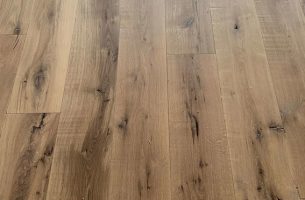
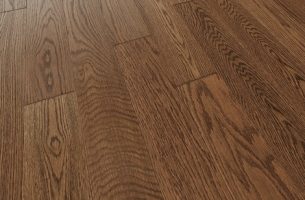
Red oak, on the other hand, has grain lines with many deviations, resulting in a more swirly, wild look. Because of this, red oak is considered to have stronger graining than white oak. More pronounced grain patterns are better at hiding scratches or other marks in the wood. Our blog post about the best hardwood flooring for dogs discusses this in detail.
3. Difference in Color
Some people, when trying to describe the difference between red oak and white oak, say “red oak is red, and white oak is white.” Seems simple, right? But that’s not really the case.

White oak is a mixture of browns and tans making the wood darker. In its natural form, it can appear a bit browner and more yellow than red oak.
Red oak has pinkish tints throughout and because it is lighter, the grain is more pronounced.


White oak is a mixture of browns and tans making the wood darker. In its natural form, it can appear a bit browner and more yellow than red oak.
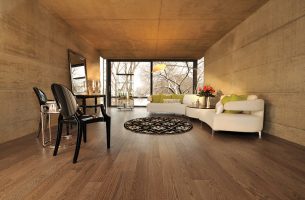
Red oak has pinkish tints throughout and because it is lighter, the grain is more pronounced.
You can apply stains to either wood, but they absorb it differently due to the different densities. White oak does better with lighter white or gray stains, which gives the floor a more rustic or contemporary look. However, the darker the stain, the harder it is to tell the difference visually between the two different types of wood.
4. Difference in Cost
The market changes frequently with commodities like hardwood flooring, so differentiating red oak vs white oak based on cost can be difficult. However, with planks that are 5” or wider, white oak tends to be more expensive. For red oak, the consensus is that since it is more abundant in the United States, it tends to be slightly more affordable.
Choosing between red oak and white oak for your hardwood flooring really comes down to your personal preference. Both wood species provide durability and add a beautiful element to your home. See our portfolio for examples of different types of oak and other hardwood wood species we have installed throughout the Greater Knoxville area.

